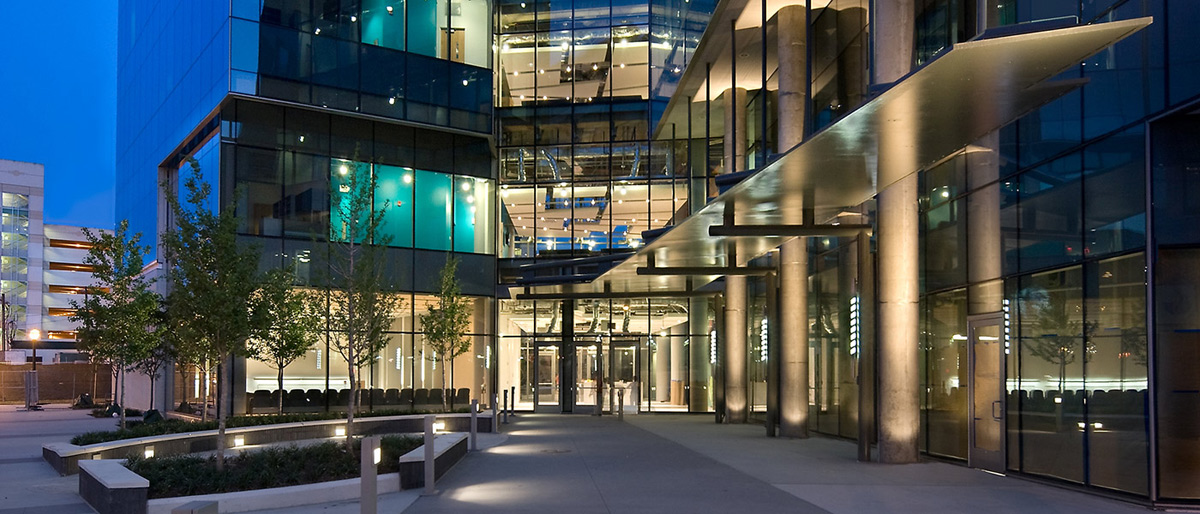Completed in 2011, the Parker H. Petit Science Center is a fairly recent addition to Georgia State University’s campus. The 10-story facility, which is fully equipped to handle the students’ rigorous curriculum, comes with state-of-the-art laboratories including one of the few university-based bio-safety level 4 (BSL-4) laboratory suites in the US, classrooms, and even an office space for Georgia State’s College of Arts and Sciences. The building, designed by Atlanta-based architects, HDR/CUH2A, boosts a modern aesthetic, which helped improve the appearance of the urban campus as a whole.
Because of the constant exposure to the environment in addition to the chemicals used in the labs, coatings specifications had to be carefully considered.
Tnemec coatings consultant, Pat Murphy, stated, “The specifiers needed a hard, seamless finish in the BSL-4 lab that could be frequently cleaned with products like Vesphene and Spor-Klenz.” He added, “Tnemec offers several systems for this kind of environment, and we wanted to help them find the most durable protection against chemical and physical abuse.”

The coating system featured on the building’s exterior, like the BSL-4 lab, had to be able to withstand the harsh conditions of its environment. Coatings with exceptional durability and weatherability were key to preventing coating degradation. To ensure that the exterior’s coatings remained intact, applicators Goodman Decorating of Atlanta used Tnemec’s Series 1071 Fluoronar as a topcoat. The FEVE-based fluoropolymer was applied over the exterior steel canopy, which was shop-primed with Tnemec’s Series 90-97 Tneme-Zinc.
FEVE coatings come with a plethora of benefits, which ultimately protects a coating for decades. The Lumiflon FEVE resin technology in Fluoronar is what gives the fluoropolymer its outstanding weatherability, durability, and color and gloss retention properties.
Information courtesy of Tnemec
Photos courtesy of McCarthy and GSU

Categories Architecture